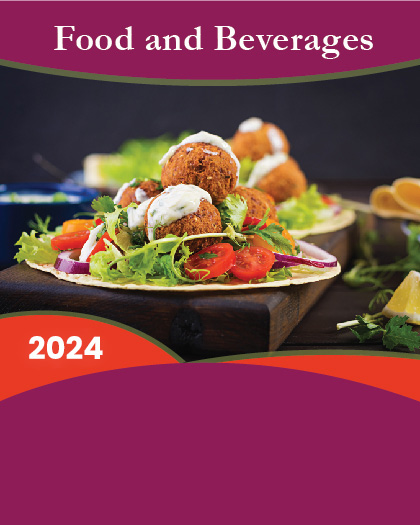
Champagne is a sparkling wine produced from specific types of grapes. This alcoholic beverage is produced in the Champagne region in France. Champagne has been consumed for decades as a celebration drink at sport events, anniversaries, parties, weddings, joyous occasions, and corporate events. The global champagne market was valued at $5.8 billion in 2018 and is anticipated to reach $7.4 billion by 2026, with a CAGR of 3.2% during the forecast period. Champagne is available in the market in various product styles such as Blanc de Blanc, Blanc de Noir, Pink Champagne Rose, and others. Various flavors such as such as strawberry, cream, floral aromas, and others are used to enhance the aroma and taste of champagne.
As the living standards are improving, the aspiration of consumers to consume luxury goods and services is also expected to grow. Champagne manufacturers have invested a lot in R&D to enhance characteristics, taste, or flavors of champagne. The consumption of these products is often associated with occasions such as celebrations and joyous moments. Furthermore, increased product dependency at marriages, parties, and social gatherings is anticipated to drive the growth of the market in the coming years. As the global level of disposable income increases, the consumer aspirations to consume quality luxury goods and services also increase. Moreover, luxury products are considered as a status symbol in the society. As consumption of these products provide experiences such as euphoria and ecstasy often associated with self-actualization, their demand is expected to grow significantly. Luxury goods have elasticity of demand greater than the necessity goods, and thus the market is expected to witness considerable growth during the forecast period. In addition, rapid urbanization propels the need for luxury goods, which, in turn, drives the growth of the champagne market. With increasing popularity of social media platforms such as Twitter and Instagram, consumers are becoming self-conscious of their social image and status. Thus, their aspiration to consume luxury products increases, thereby supplementing the growth of the champagne market.
Growth in the number of restaurants and bars has further resulted in increased consumption of champagne as people increasingly prefer on-premise drinking than off-premise drinking.
The champagne market is segmented into price point, distribution channel, and region. By price point, the market is divided into economy, mid-range, and luxury. On the basis of distribution channel, it is fragmented into supermarket/hypermarket, specialty stores, on trade, and others. Region wise, it is analyzed across North America (U.S., Canada, and Mexico), Europe (Germany, France, the UK, Italy, Spain, and rest of Europe), Asia-Pacific (China, Japan, Australia, India, and rest of Asia-Pacific), and LAMEA (Middle East, Latin America, and Africa).
The key players profiled in this report include Laurent Perrier, Centre Vinicole - Champagne Nicolas Feuillatte, Louis Vuitton SE, Taittinger, Pernod Ricard, LANSON-BCC, Thienot Bordeaux-Champagnes, Piper-Heidsieck, Pommery, and Veuve Clicquot Ponsardin.
?
KEY BENEFITS FOR STAKEHOLDERS
- The study provides an in-depth analysis of the global champagne market, with current and future trends to elucidate the imminent investment pockets in the market.
- Current and future trends are outlined in the report to determine the overall market attractiveness and single out profitable trends to gain a stronger foothold in the market.
- The report provides information regarding drivers, restraints, and opportunities with impact analysis.
- A quantitative analysis of the current market and estimation for the same from 2018 to 2026 is provided to showcase the financial competency of the market.
- Porter's five forces model of the industry illustrates competitiveness of the market by analyzing various parameters such as, threat of new entrants, threat of substitutes, bargaining power of the buyers, and bargaining power of the suppliers operating in the market.
- Value chain analysis in the report provides a clear understanding of the roles of stakeholders involved in the value chain.
- Competitive landscape highlights the business practices followed by the leading market players across various regions.
?
KEY MARKET SEGMENTATION
- By Price Point
o Economy
o Mid-range
o Luxury
- By Distribution Channel
o Supermarket/Hypermarket
o Specialty Stores
o On Trade
o Others
- By Region
o North America
? U.S.
? Canada
? Mexico
o Europe
? Germany
? France
? UK
? Spain
? Italy
? Rest of Europe
o Asia-Pacific
? China
? Japan
? Australia
? India
? Rest of Asia-Pacific
o LAMEA
? Latin America
? Middle East
? Africa
























